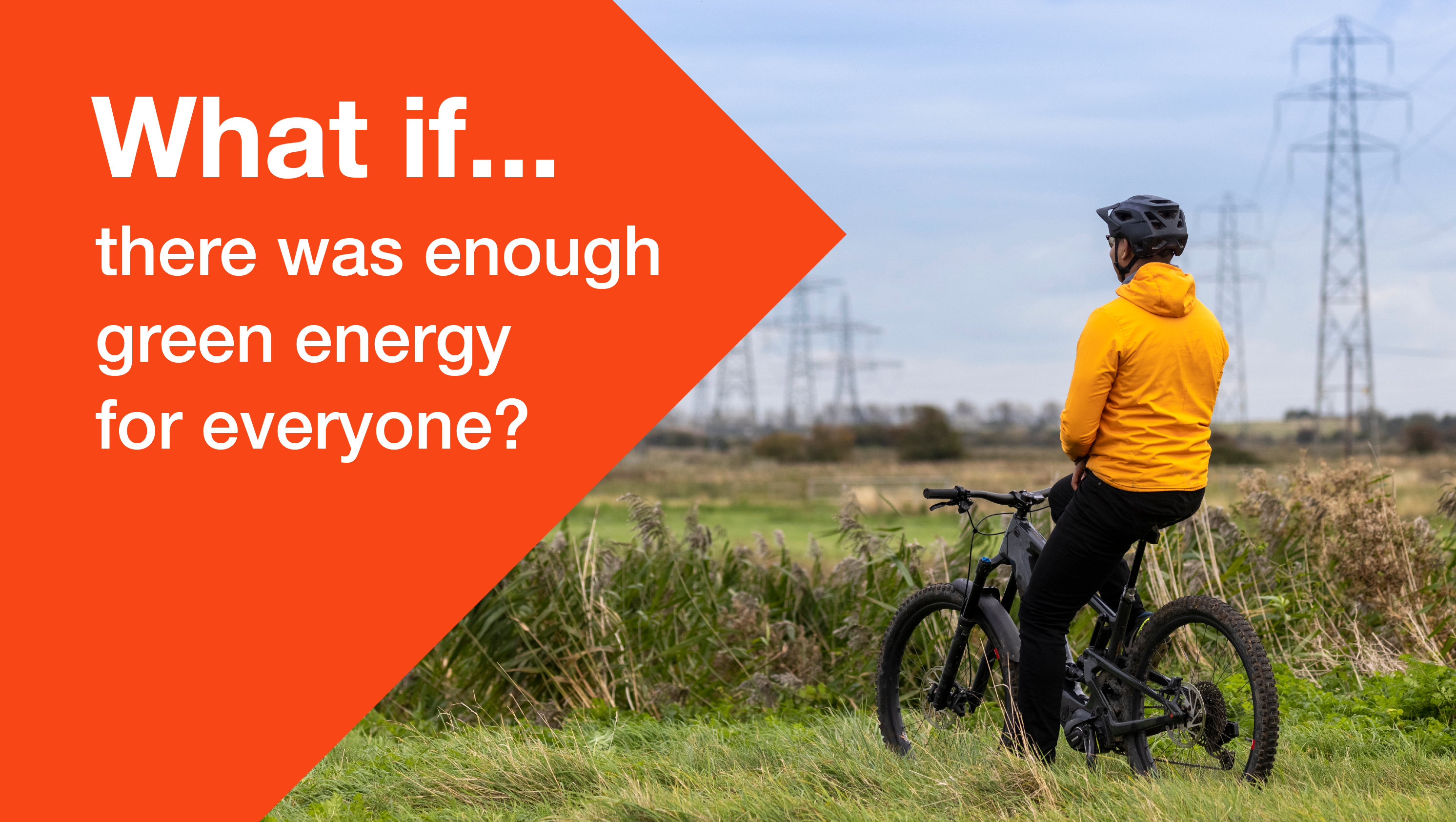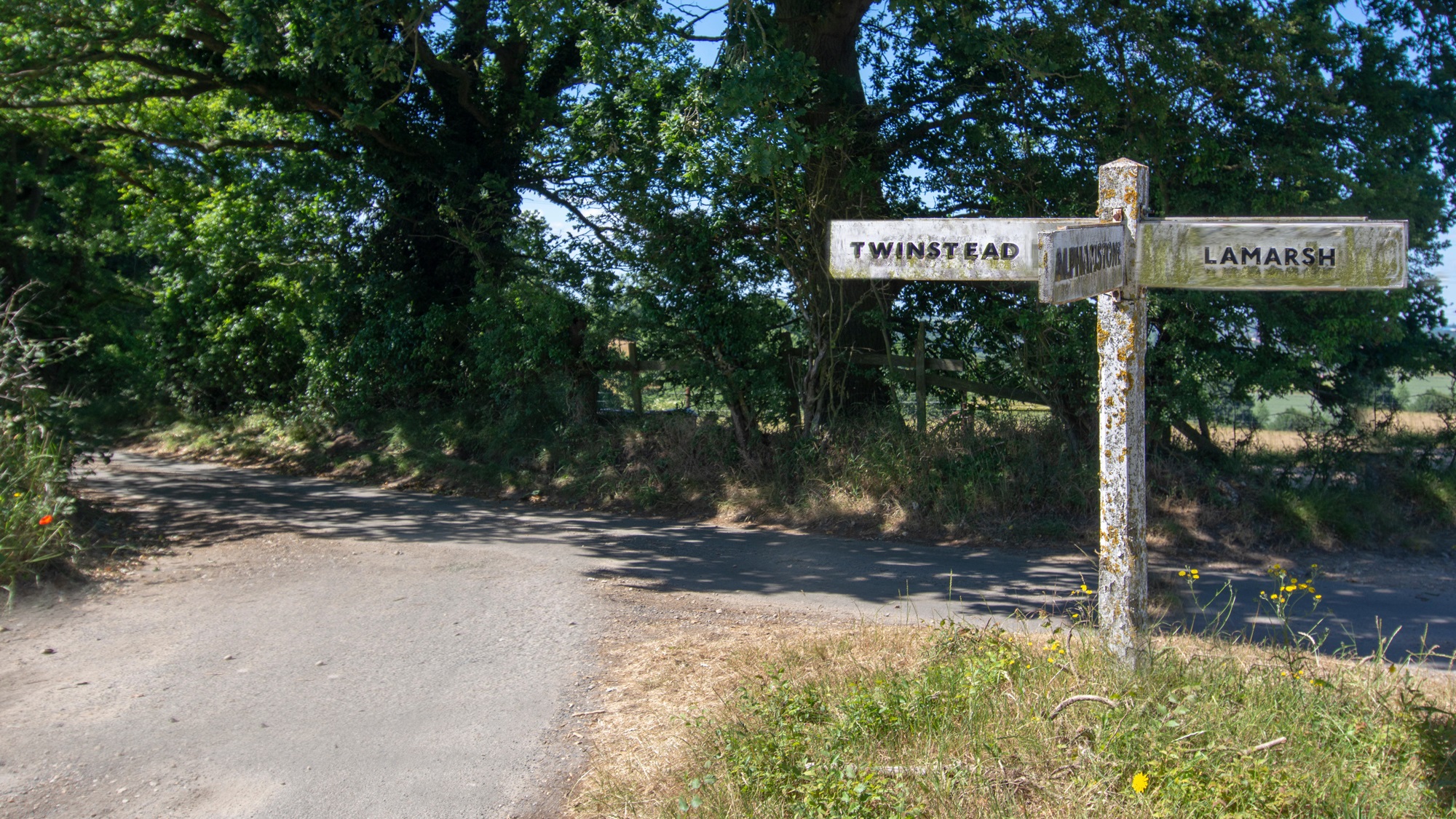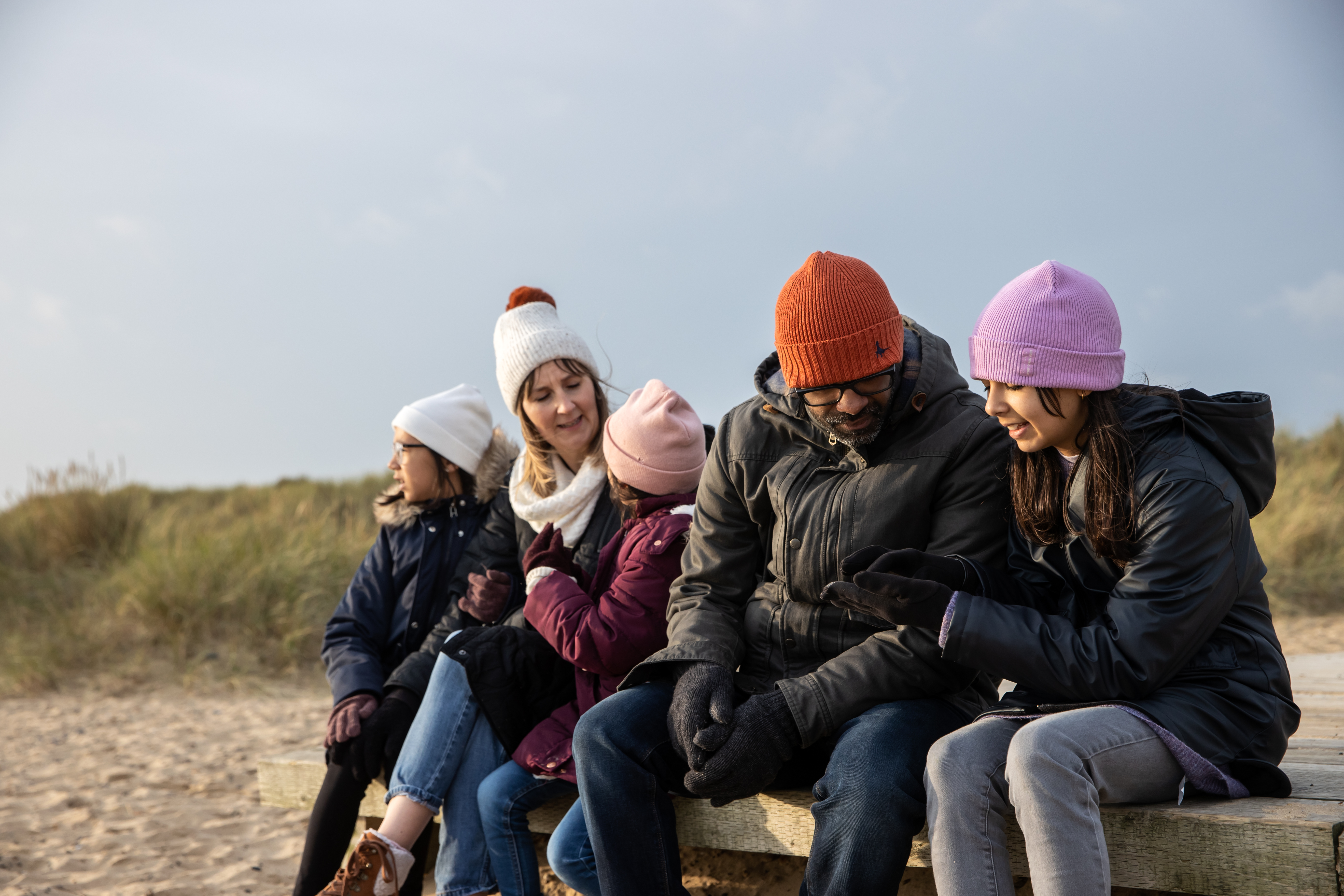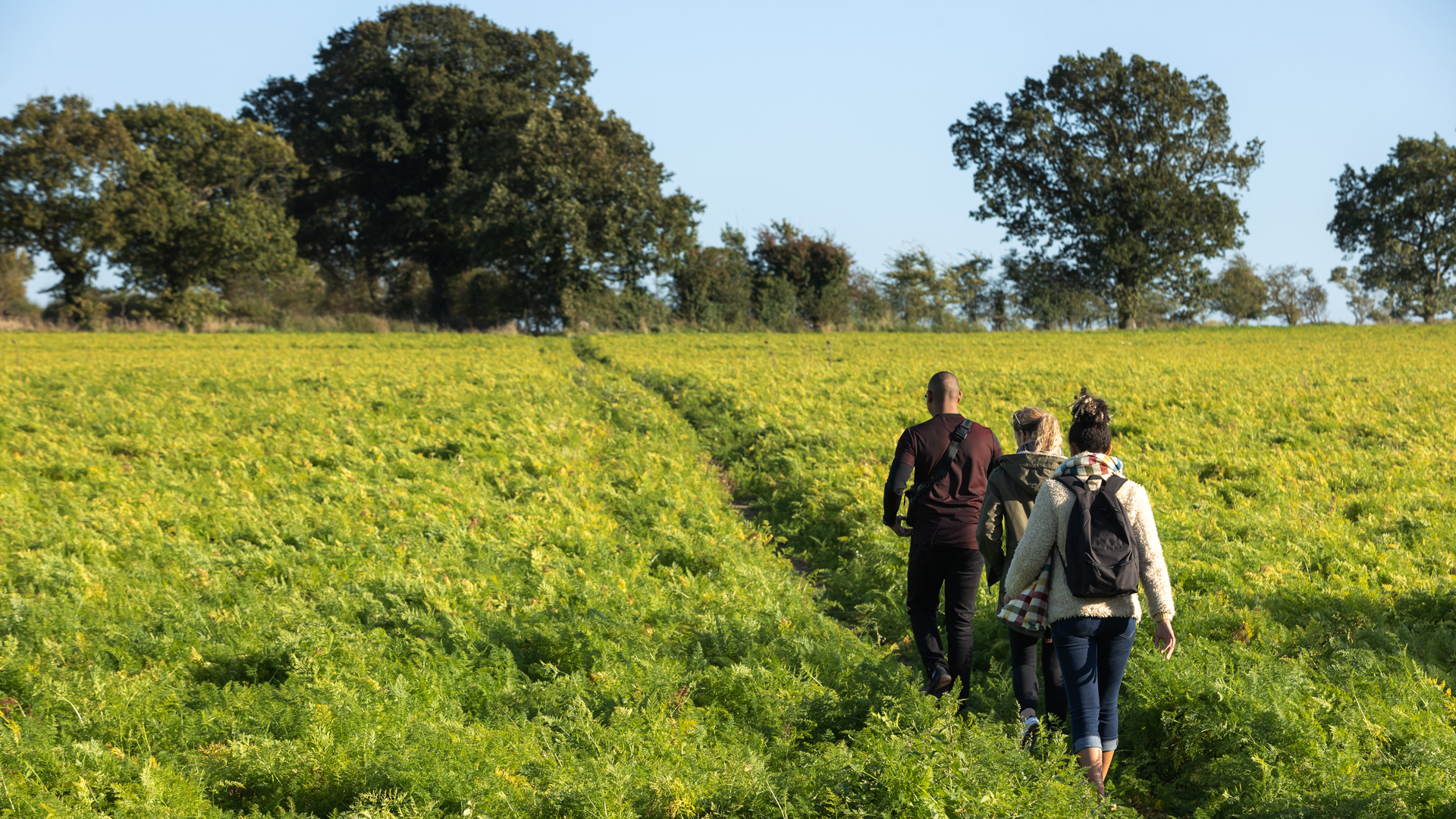
The climate emergency is real and now is the time to take immediate action.
If we’re going to meet the UK’s climate commitments and the Government’s net zero targets, we must reduce our reliance on fossil fuels and increase the amount of low carbon and renewable energy we use.
By replacing fossil fuels with renewable energy, we’ll dramatically reduce carbon emissions and increase our levels of home-grown low carbon power.
If we generate and use another 40GW of offshore wind by the end of the decade, it would be the equivalent of taking 10 million petrol or diesel cars off the road or planting 21 million trees.
At the same time, we’re using more electricity to heat our homes and charge our electric cars. If we’re going to have enough power to meet our future needs and still combat climate change, it’s vital that this electricity comes from renewable sources.

Why do we need a green energy network?
Connecting more renewable and green energy to the network will help the country meet its net zero ambitions and increase our levels of home-grown low carbon power. We have to transport the renewable energy from where it’s generated to where it’s needed – and at the moment, there isn’t enough capacity in our network to do this.
We urgently need to upgrade our electricity network, which was first built in the 1960s. Time has moved on, and so must we.
By connecting all the offshore wind projects that are currently planned, we will have an additional 40GW of offshore wind energy on our network by the end of the decade. This could be used to charge up to 6 million cars, helping build a country powered by green energy, and reducing the UK’s impact on climate change.
To do this we need a network of cables, pylons and substations on land to move the energy from where it’s generated to where it’s needed – our homes, businesses, and communities. The existing infrastructure simply doesn't have the capacity to transport the volume of energy that will be generated offshore.
What if we do nothing?
If we can’t meet our ever-increasing need for power with renewable and low carbon energy, our reliance on fossil fuels won’t reduce. If we don’t reduce the effects of climate change, our environment will suffer. Research suggests that one in six wildlife species face extinction as a result of climate change. This includes many of the UK’s most common and best loved species like bees, puffins and salmon. If sea levels rise, coastal areas will be impacted by erosion and flooding.
If we act now, by connecting more low carbon and renewable energy, we can help to reduce the UK’s impact on climate change.


